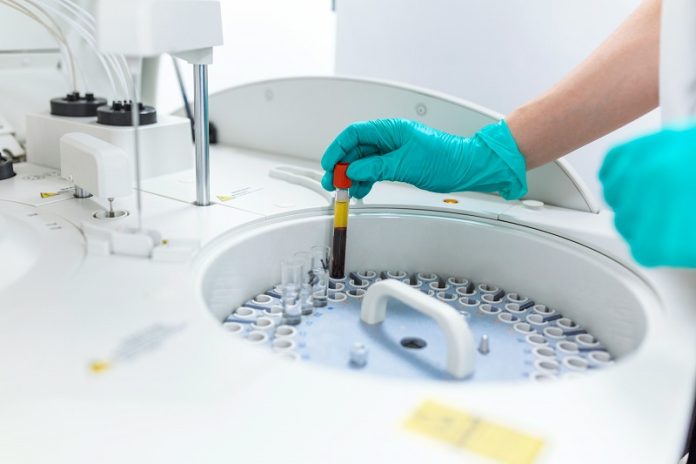
Scientists at Southern Methodist University have uncovered new clues about Sudden Unexpected Death in Epilepsy (SUDEP), a rare but devastating condition that claims about 3,000 lives per year in the United States.
Their study, published in Brain Communications, identifies key brain regions and neurons that may trigger SUDEP, offering fresh hope for better prevention and treatment.
Epilepsy affects nearly three million adults in the U.S., and while SUDEP is rare—occurring in about 1 in 1,000 people with epilepsy—it remains a mystery.
Scientists suspect that seizures disrupt the heart and breathing, leading to sudden death. However, the exact biological mechanisms have remained unclear.
Now, researchers have zeroed in on a possible cause: neurons in the brain’s corticolimbic system. This part of the brain controls emotions, breathing, and heart rate.
The study suggests that when these neurons lack a crucial protein called Kv1.1, which helps regulate electrical activity, seizures become more dangerous, leading to breathing problems and, in severe cases, heart failure.
Researchers used genetically modified mice that were missing the Kcna1 gene, which produces the Kv1.1 protein.
These mice experienced seizures, breathing issues, and heart problems—all symptoms seen in SUDEP patients. In one case, a mouse experienced a full SUDEP event, providing a rare opportunity to study the process in action.
- The corticolimbic system (which includes the neocortex, hippocampus, and amygdala) appears to play a key role in triggering SUDEP.
- Excitatory neurons in this system may set off a deadly chain reaction that disrupts breathing and heart function after a seizure.
- The study confirmed that breathing problems occur first, followed by heart failure—supporting previous human studies.
Dr. Robert Hunt, an epilepsy expert at the University of California at Irvine, says the next big question is whether SUDEP can be stopped. If researchers can find ways to prevent breathing and heart complications after a seizure, they may be able to reduce SUDEP risk.
One possible approach is intracranial devices that deliver electrical impulses to correct abnormal brain activity. Some evidence suggests that devices like vagus nerve stimulators (VNS) might lower SUDEP risk by improving seizure control and stabilizing heart and lung function.
The researchers plan to expand their work by:
- Exploring different types of epilepsy to see if the same brain mechanisms apply to SUDEP in other cases, such as epilepsy caused by traumatic brain injury or other genetic mutations.
- Identifying biomarkers that indicate when and where communication between the brain, heart, and lungs goes wrong—potentially leading to early warning signs for SUDEP.
- Testing new treatment strategies, including drugs or devices that target the brain regions involved in SUDEP.
While there is still much to learn, this study represents a major step forward in understanding SUDEP. Dr. Kelsey Paulhus, the study’s first author, emphasized that scientists around the world are working hard to solve this puzzle.
“There are so many people devoted to this,” Paulhus said. “With the speed of research today, we can make significant progress toward better understanding and preventing SUDEP.”
For people with epilepsy and their families, these findings bring hope that life-saving solutions may be on the horizon.
If you care about Parkinson’s disease, please read studies that Vitamin B may slow down cognitive decline, and Mediterranean diet could help lower risk of Parkinson’s.
For more information about brain health, please see recent studies that blueberry supplements may prevent cognitive decline, and results showing Plant-based diets could protect cognitive health from air pollution.
The research findings can be found in Brain Communications.
Copyright © 2025 Knowridge Science Report. All rights reserved.



